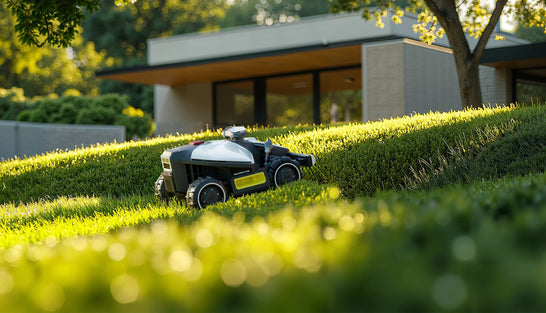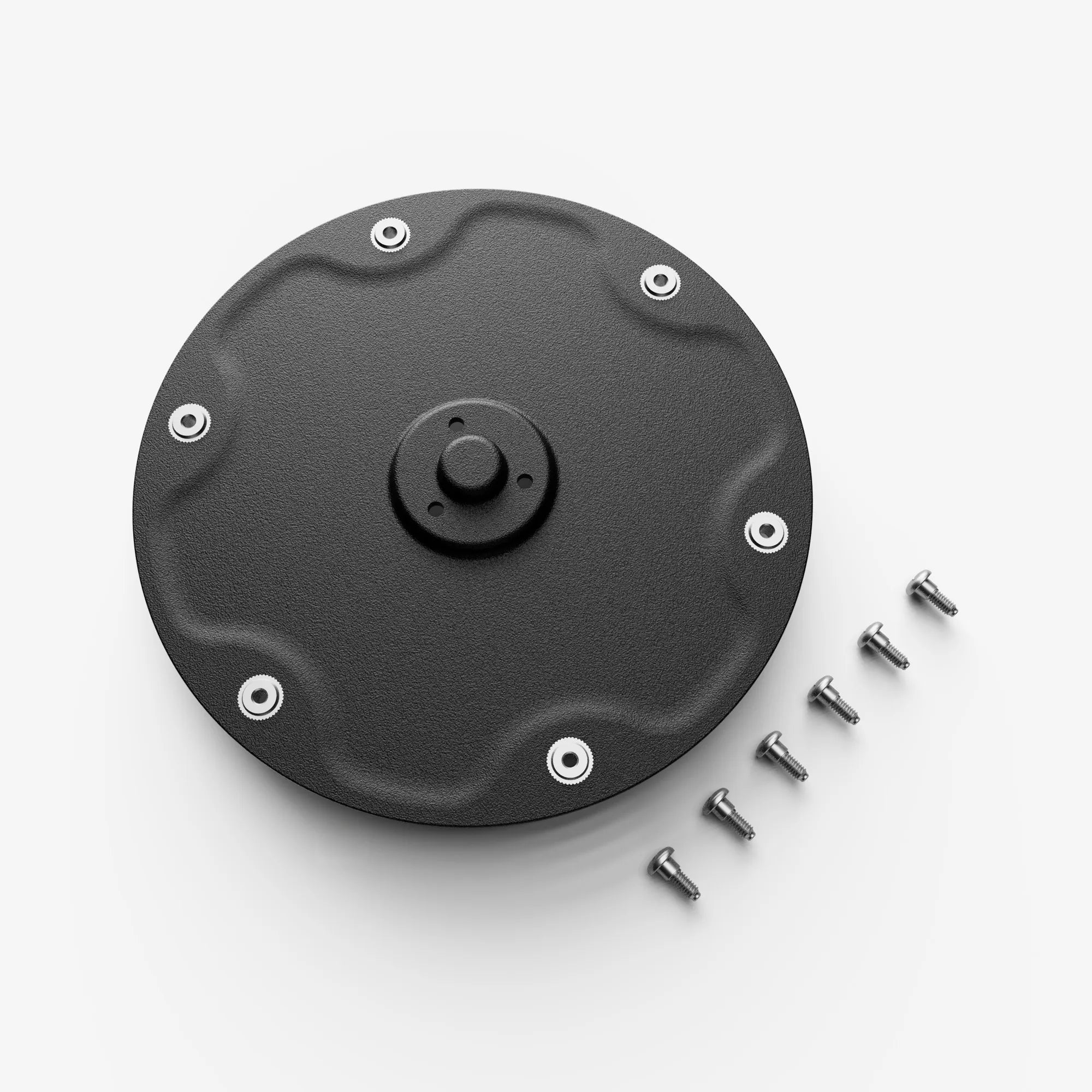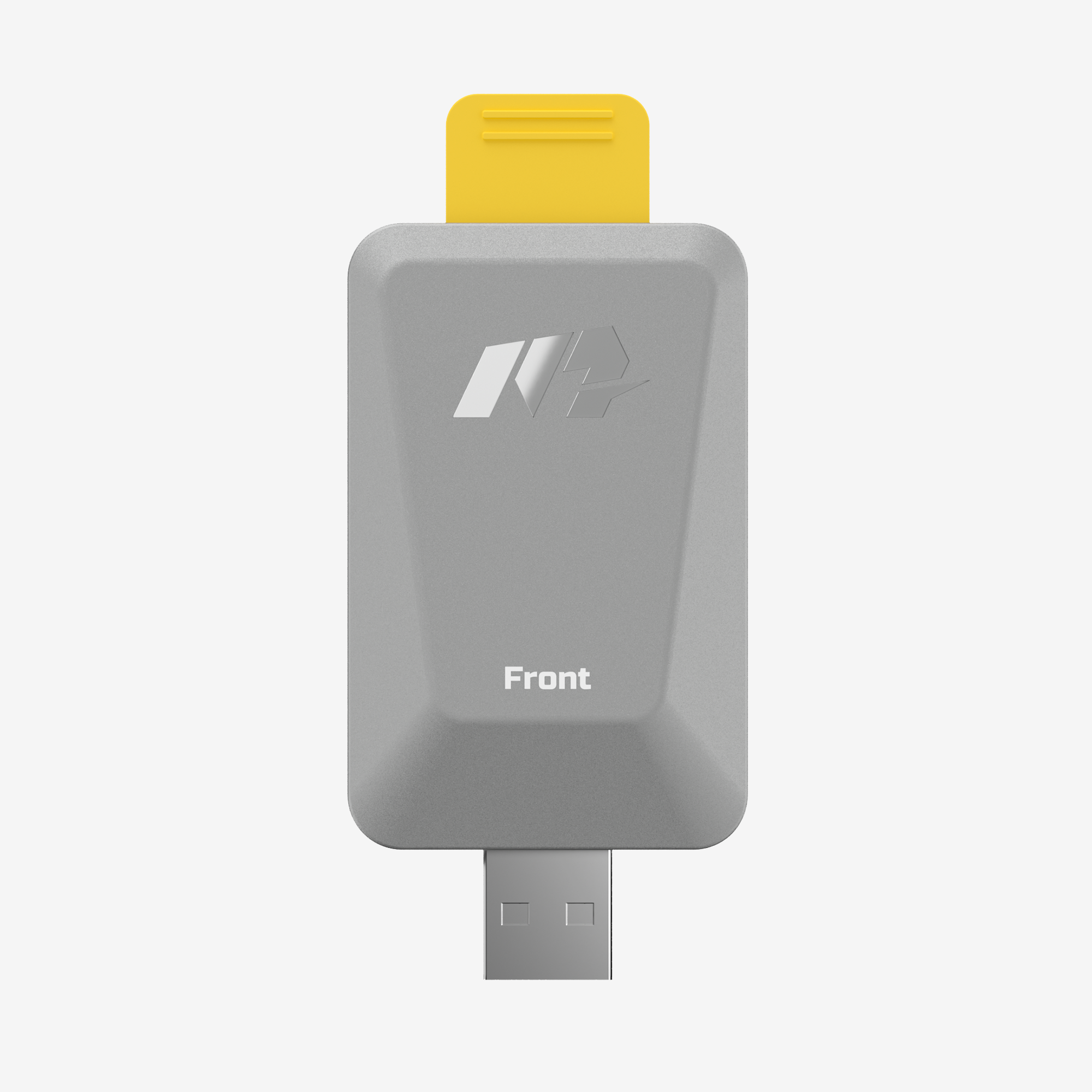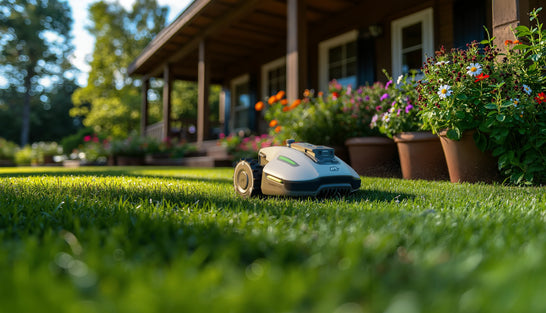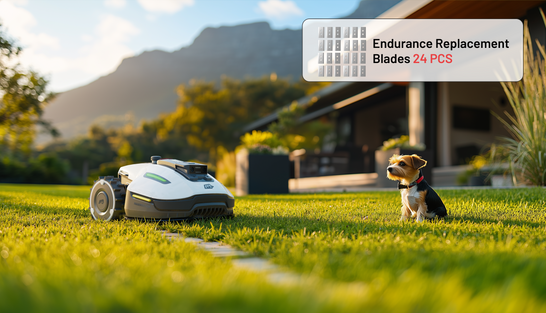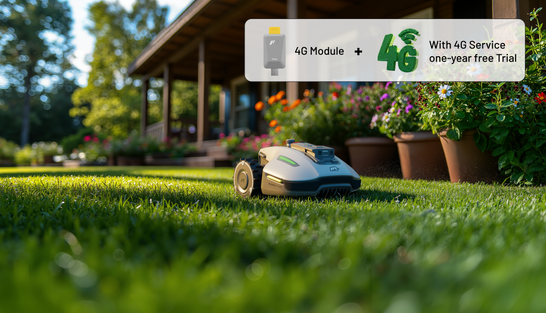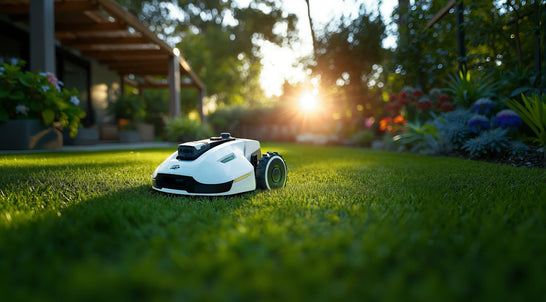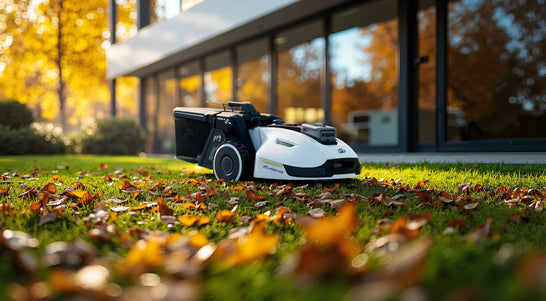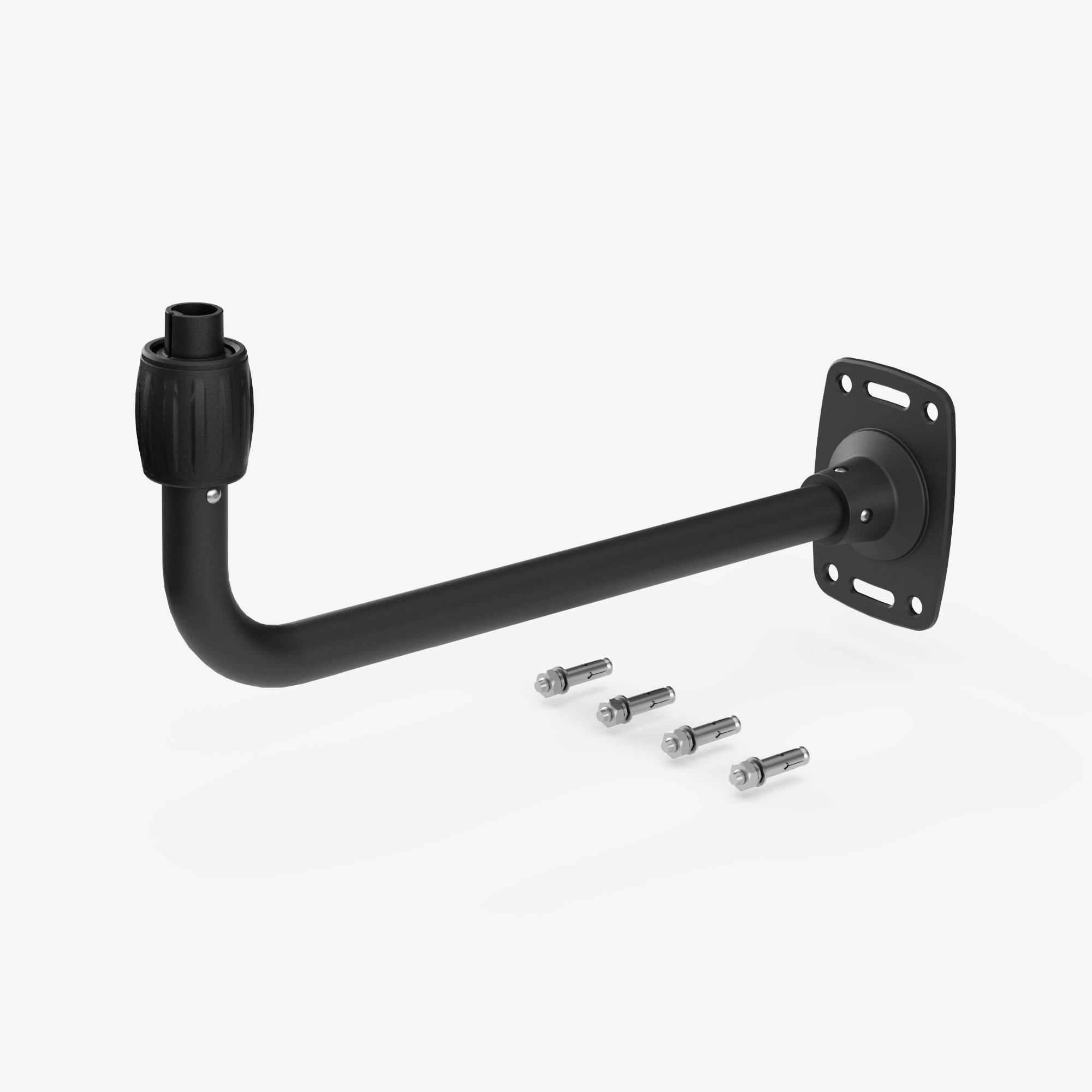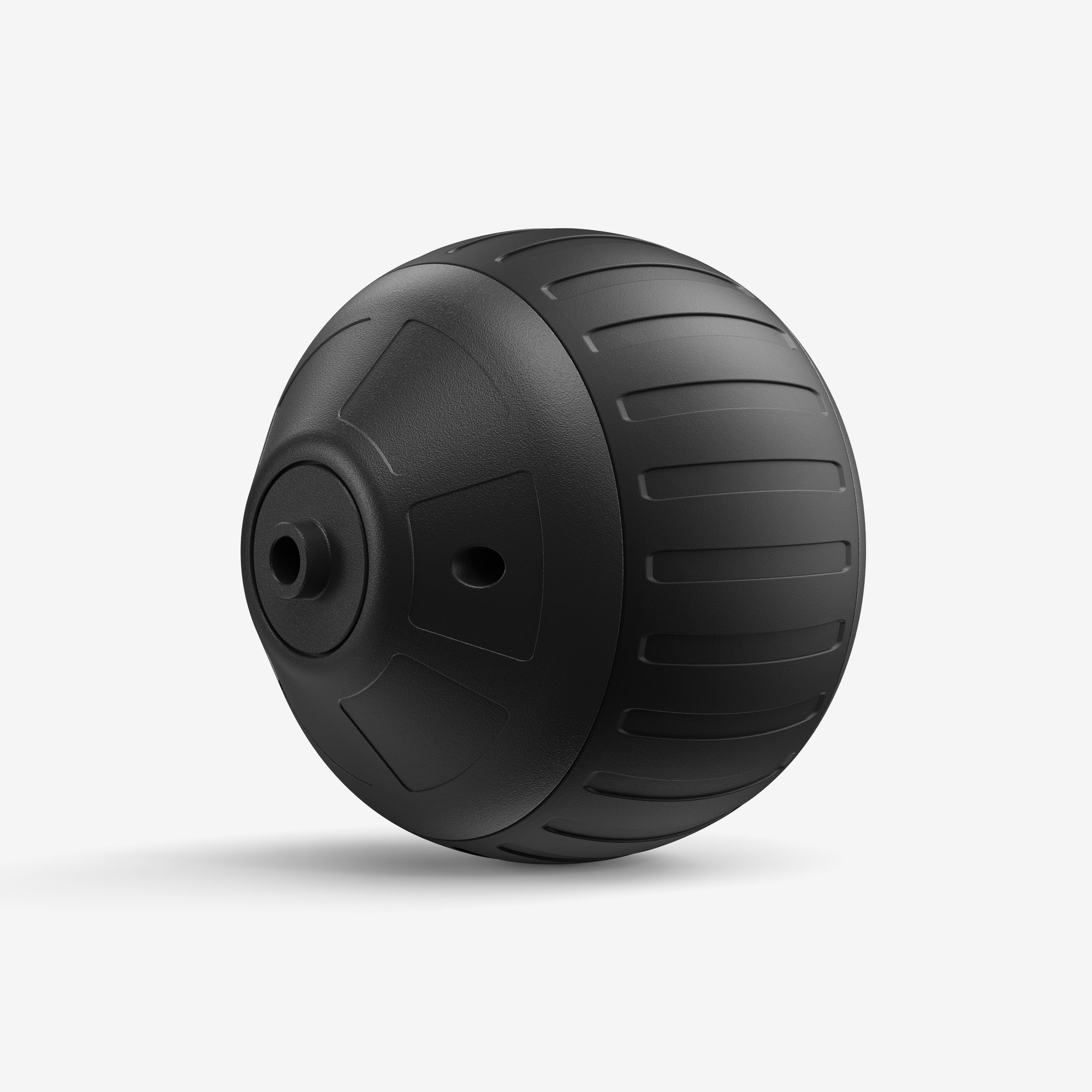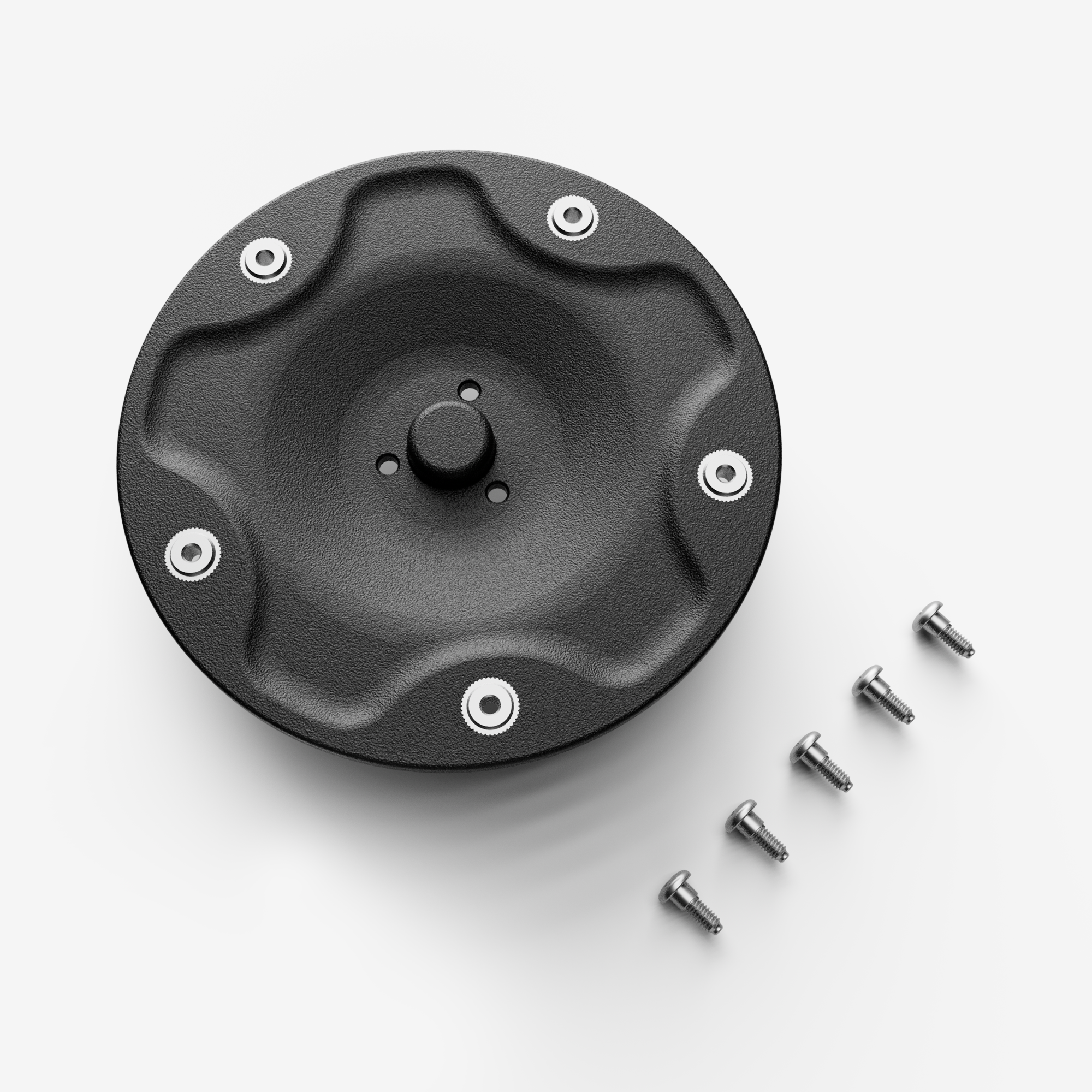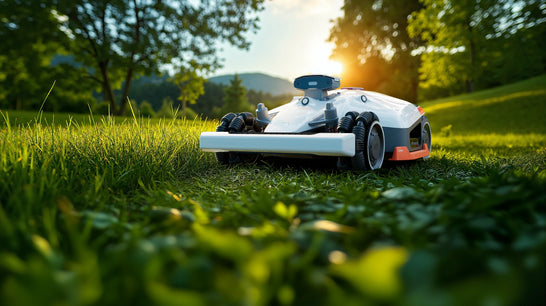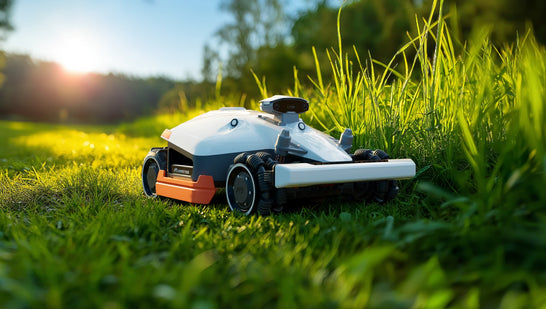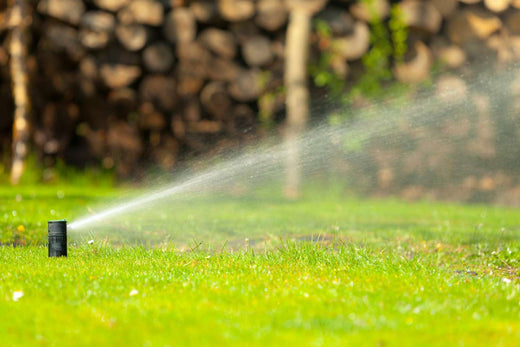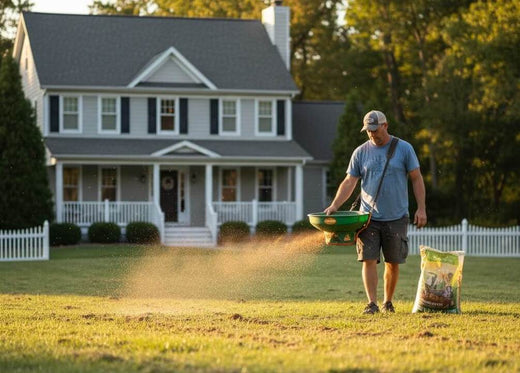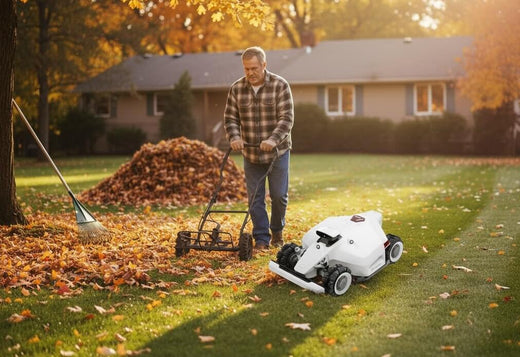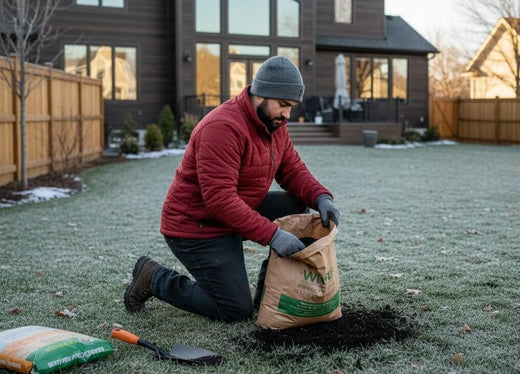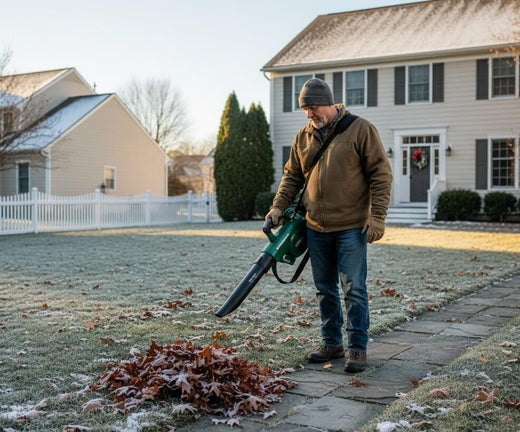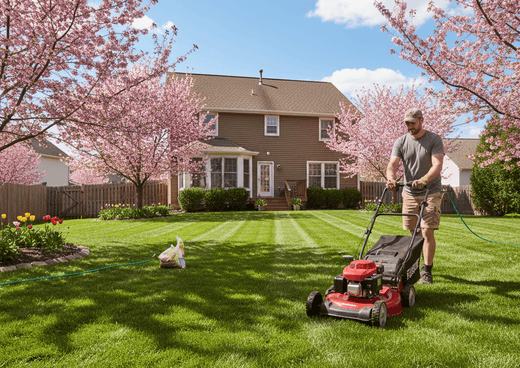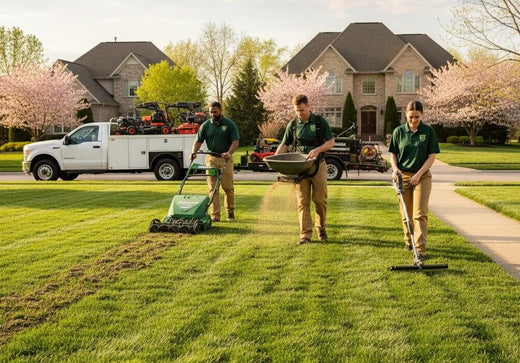When to stop watering lawn in fall? Many homeowners have doubts about this, so what's the timing to stop watering your lawn in the fall? Most guides focus on broad generalizations, but in reality, every lawn has unique needs based on local climate, grass type, and soil condition. Here are some important things to know about fall lawn watering from the lawn care experts at Mammotion. We’ll explore all the info you need to know about fall lawn watering and how to avoid common mistakes that can hinder your lawn’s success come springtime.
The Importance of Watering in Fall
Watering your lawn in the fall is more than just maintaining a green appearance—it’s about equipping your grass for the colder months ahead. As temperatures cool, your grass enters a phase of root growth rather than blade growth. This is a critical period when those roots absorb essential moisture and nutrients that will carry the lawn through winter dormancy. Without proper watering in this window, the grass becomes stressed, leaving it vulnerable to disease and less able to withstand freezing temperatures.
How Often to Water Grass in the Fall?
In the fall, the watering needs of your lawn shift as temperatures drop and natural rainfall increases. Unlike summer, when daily or frequent watering is necessary, fall requires a more measured approach. Typically, watering your lawn once or twice a week is sufficient during this season, and most lawns stay healthy with 1 to 1.5 inches of water per week. The key is to ensure the water penetrates deep into the soil, encouraging strong root growth before winter dormancy sets in.
However, there’s no one-size-fits-all schedule. Your local climate plays a major role in determining how often to water. In regions with consistent fall rain, you may not need to supplement with as much irrigation. But in drier climates, or if rainfall is sporadic, keeping an eye on soil moisture is essential. Use a simple soil probe or screwdriver to check; if it sinks easily to about 6 inches, your lawn has enough water. Fall watering is about balance—too little, and your grass becomes weak, but too much can lead to diseases and over-saturation.
When to Stop Watering Lawn in Fall: Key Signs to Watch

So when you notice that the lawn has stopped growing, you should cut back on watering. And the temperatures at night are reaching 40 degrees, stop watering.
Knowing exactly when to stop watering your lawn in the fall is crucial for preparing it for winter dormancy. Many homeowners stop too early or too late, which can harm the grass. But you should know the timing isn’t a fixed date but rather a combination of natural signs that your lawn provides. Here are the key indicators to watch:
Temperature Guidelines
As fall progresses, one of the first signs that it's time to reduce watering is the consistent drop in daytime temperatures. Once temperatures consistently fall below 40°F, grass growth begins to slow as it prepares for dormancy. While the lawn still needs some moisture, it’s important to reduce watering to match this natural slowdown.
Grass Growth Patterns
Another clear signal is a noticeable reduction in how quickly your grass grows. During early fall, you may still be mowing regularly, but as growth slows, this is an indication that your lawn is preparing for dormancy, and its water needs decrease. Less growth means less water uptake, so it's safe to reduce or stop watering altogether when growth halts.
First Frost Dates and Local Climate
The first frost is a reliable marker for when to stop watering. Frost effectively signals the end of the growing season for cool-season grasses, and continuing to water after this point can lead to waterlogged soil and damage to the grass. Be mindful of your region’s specific first frost date, which can vary significantly based on your local climate.
The Risks of Overwatering in Fall
Overwatering your lawn in the fall can have long-term consequences that many homeowners overlook. While fall may seem like a time to ensure your lawn gets plenty of moisture before winter, excessive watering can weaken your grass and create issues that are hard to fix come spring. Here are the risks that you need to watch out for:
Promoting Lawn Diseases
One of the biggest risks of overwatering in the fall is the development of fungal diseases. When the soil remains overly moist and doesn’t dry out between waterings, it creates the perfect environment for diseases like brown patches, rust, and snow mold. These fungi thrive in damp conditions and can quickly spread through your lawn, leaving unsightly patches and weakening the grass for months to come. To avoid this, water only when the top few inches of soil are dry and avoid watering in the evenings, when moisture tends to linger overnight.
Weakening Grass Before Winter Dormancy
Overwatering in fall can also prevent your lawn from developing the deep roots it needs to survive the winter. Excessive moisture at the surface encourages shallow root growth, making your grass more susceptible to winterkill when temperatures drop and the ground freezes. Grass that is overwatered may also stay more active than it should late into the fall, disrupting its natural preparation for dormancy. Instead, focus on occasional deep watering to promote strong root systems without saturating the soil.
Fall Lawn Watering Techniques: Best Practices
Adopting the right watering techniques for your lawn in the fall can significantly enhance your lawn’s health and resilience. Here are some best practices to keep your grass thriving as it prepares for winter:
Watering Frequency and Duration
In the fall, aim to water your lawn once or twice a week, depending on rainfall and temperature. Each watering session should be deep and thorough, targeting the root zone. This typically means applying about 1 to 1.5 inches of water each week. Use a rain gauge or a simple container (like a tuna can) to measure how much water your lawn receives during each session. Deep watering encourages roots to grow deeper, which helps the grass withstand winter conditions better.
Deep Watering vs. Light Watering
Prioritize deep watering over frequent light watering. Shallow watering can lead to shallow root systems, making your grass more vulnerable to drought and diseases. When you water deeply, aim for moisture to penetrate about 6 inches into the soil. This promotes healthier root development and prepares your lawn to survive both winter dormancy and the heat of summer.
Using Rainfall as a Natural Irrigation Source
Monitor the weather and take advantage of natural rainfall whenever possible. If your area receives adequate rainfall, adjust your watering schedule accordingly. This not only conserves water but also allows your grass to benefit from the natural nutrients found in rainwater. If rain is sparse, however, don’t hesitate to supplement with irrigation.
Adjusting Your Watering System for Fall

As temperatures drop and the growing season slows down, it’s important to adjust your watering system to meet the changing needs of your lawn. By fine-tuning your irrigation settings, you can avoid overwatering, conserve water, and ensure your lawn stays healthy as it prepares for winter dormancy. Here's how to adapt your watering system for the fall:
Irrigation System Settings
If you have an automatic irrigation system, now is the time to reduce both the frequency and duration of watering cycles. Fall’s cooler temperatures and increased rainfall mean your lawn needs less supplemental water. Adjust your system to water only once or twice a week, ensuring deep watering sessions. Additionally, set your timer to water early in the morning—this reduces evaporation and prevents moisture from sitting on the grass overnight, which can encourage fungal growth.
Manual Watering Tips
For homeowners who manually water their lawn with a hose or portable sprinkler, fall is a great time to switch to a more targeted approach. Instead of covering large areas, focus on spots that need the most moisture, such as areas with full sun exposure or any high-traffic sections. Manual watering gives you more control over exactly how much water each area receives, reducing the risk of overwatering.
Preparing Your Irrigation System for Winter
As winter approaches, preparing your irrigation system for freezing temperatures is essential. Start by draining all the water from your system to prevent pipes from freezing and cracking. If your system has above-ground components, such as sprinkler heads or hoses, store them indoors or cover them with insulating materials. Many systems also benefit from "blow-out" services, where compressed air is used to remove any remaining water from the lines, ensuring they are completely dry before winter hits.
Tips for Conserving Water and Keeping a Healthy Fall Lawn
Conserving water while maintaining a healthy lawn during the fall is not only environmentally responsible but also cost-effective. Here are some practical tips to help you strike the right balance:
1. Implement a Watering Schedule
Create a consistent watering schedule based on your local climate and rainfall patterns. Aim for watering in the early morning, when temperatures are cooler, and evaporation rates are lower. This allows your grass to absorb moisture effectively without losing it to the heat of the day.
2. Use a Mulch Layer
Applying a layer of mulch around your garden beds and flower borders can help retain soil moisture. Mulch reduces evaporation, keeps the soil temperature stable, and minimizes weed growth, which can compete for water and nutrients.
3. Aerate Your Lawn
Aeration improves the penetration of water and nutrients into the soil by creating small holes in the lawn. This practice helps reduce compaction, allowing air and moisture to reach the root zone more efficiently. Aerating your lawn in the fall promotes better root development and enhances overall grass health.
4. Optimize Soil Health
Healthy soil retains moisture more effectively. Test your soil's pH and nutrient levels and amend it accordingly with organic matter or appropriate fertilizers. Incorporating compost or well-rotted manure can improve soil structure, enhancing its ability to retain moisture.
5. Pay Attention to Grass Type
Different grass types have varying water needs. For instance, cool-season grasses typically require less water in fall compared to warm-season varieties. Familiarize yourself with your lawn's specific grass type to tailor your watering practices accordingly.
FAQs About Fall Lawn Watering:
- At what temperature should I stop watering my lawn?
You should stop watering your lawn when nighttime temperatures consistently drop below 40°F (4°C). At this point, grass growth slows significantly, and watering becomes less necessary.
- Should I still water my grass in November?
Whether you need to water your lawn in November depends on your local climate. In colder regions where frost is common, grass typically goes dormant by early to mid-November, so watering is no longer necessary. However, if you live in a milder climate and haven’t experienced freezing temperatures, occasional deep watering may still be beneficial, especially if rainfall is scarce.
- When can I stop watering new grass in the fall?
Typically, stop watering new grass about two weeks before the first expected frost. So don't water when it's below 30°F.
- Should you water your lawn less in the fall?
Yes, you should gradually reduce watering in the fall as temperatures cool down and rainfall increases. Grass requires less water in fall than during summer, so adjusting your schedule to fewer but deeper watering sessions ensures the grass receives the moisture it needs without the risk of overwatering.
- When to stop watering in the fall?
Stop watering in the fall when your grass shows signs of entering dormancy, such as slowed growth and fading color, and when the weather consistently cools below 40°F (4°C). Be mindful of local frost dates and reduce watering as temperatures begin to drop in late fall.
Our Conclusion
The goal is balance—your lawn needs moisture, but too much can set it up for failure. Proper fall watering helps grass transition smoothly into dormancy, protecting it from winter stress and ensuring a healthy return in the spring. By following the signs of seasonal changes, adjusting your irrigation system, and practicing efficient watering techniques, you can conserve water while keeping your lawn lush and vibrant. Proper fall lawn care, especially when it comes to watering, sets the foundation for a thriving yard year-round.

